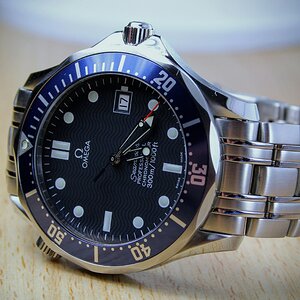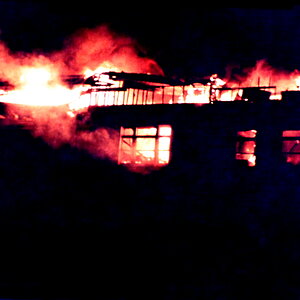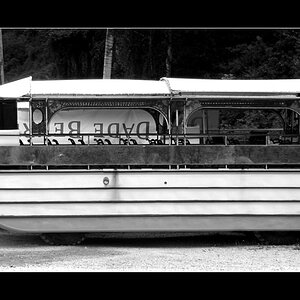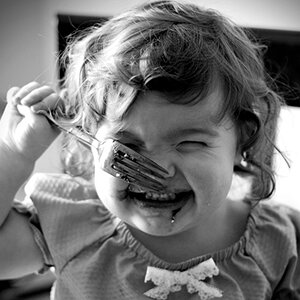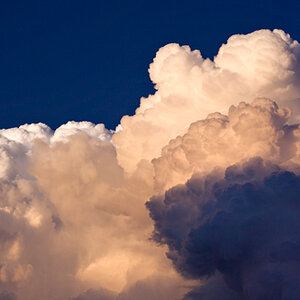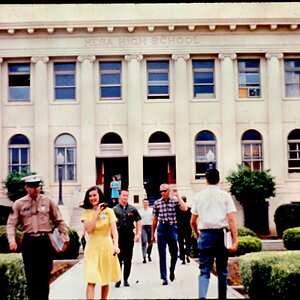PaulWog
No longer a newbie, moving up!
- Joined
- Jun 17, 2013
- Messages
- 1,153
- Reaction score
- 188
- Location
- Canada
- Can others edit my Photos
- Photos NOT OK to edit
Take, for example, the Nikon 1 J3 (my girlfriend has this camera). I would assume her 10-30mm lens at 10mm doesn't have the same compression or distortion as a 10mm lens on 35mm DSLR format?
I'm curious how to calculate how things differ. What lens would provide her with the same background-to-subject compression that, say, an 85mm lens on a DSLR would provide? I realize a 34mm focal length would provide the same reach, but what would provide the same background compression.
I'm just completely lost about this.
I'm curious how to calculate how things differ. What lens would provide her with the same background-to-subject compression that, say, an 85mm lens on a DSLR would provide? I realize a 34mm focal length would provide the same reach, but what would provide the same background compression.
I'm just completely lost about this.


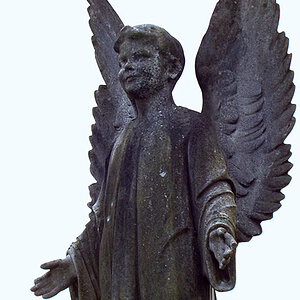

![[No title]](/data/xfmg/thumbnail/40/40286-86401b94de8b01bea8bb4ea154aaea0a.jpg?1619739408)
